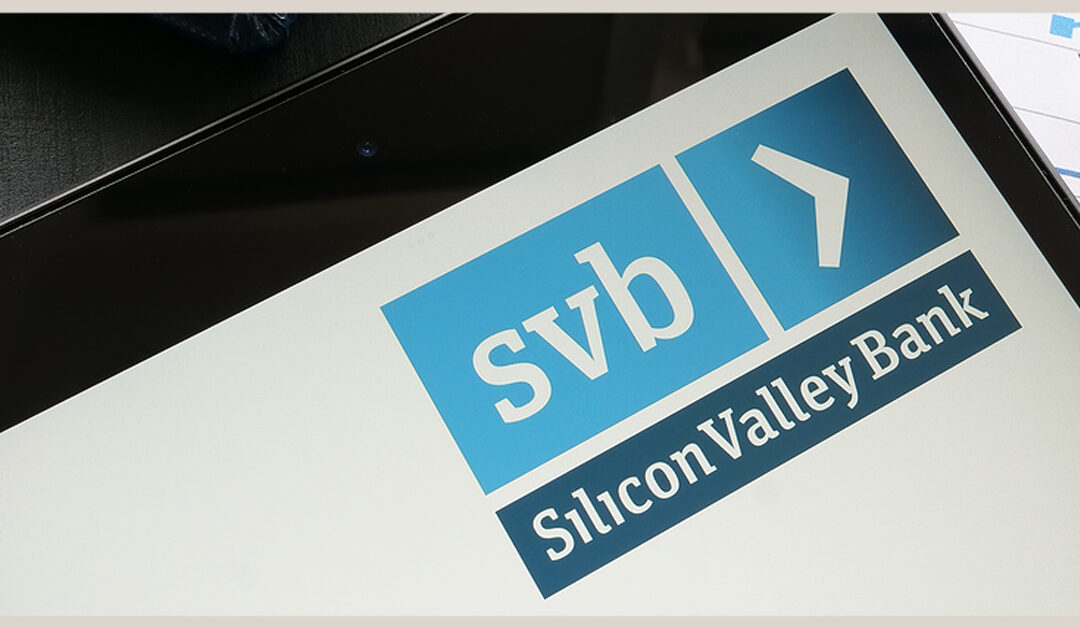Dear Friends,
Last week, the financial markets experienced turbulence when Silicon Valley Bank (SVB), a California-based subsidiary of SVB Financial Group (SIVB), was placed under FDIC receivership. SVB is the first FDIC-insured institution to fail since 2020 and the largest by assets since the collapse of Washington Mutual in 2008. Before encountering distress, the bank held over $200 billion in assets. SVB’s failure was followed by another over the weekend, the cryptocurrency-focused Signature Bank.
Understandably, this news has led market participants to wonder if further problems will arise.
For some individuals, these events have evoked distressing memories of the financial crisis that took place 15 years ago.
Current Headlines
Before delving into the details, let’s first address the latest news. On Sunday night, it was announced that the U.S. government would step in to prevent contagion by granting SVB customers access to their uninsured deposits. Furthermore, by labeling SVB as a systemic risk to the banking system, the Federal Reserve and the U.S. Treasury Department can employ emergency lending authority to help avert runs on other banks.
The primary objective in this scenario was to prevent runs on other banks, especially the numerous small and mid-sized banks throughout the nation.
Comparison to 2008
In 2008, the issue stemmed from pervasive credit risk, which involved subprime mortgages found on the balance sheets of nearly every financial institution, as well as many non-financial institutions. However, the current situation is different; the primary concern now is interest rate risk, rather than credit risk.
How Rising Interest Rates Precipitated the Collapse
Increasing interest rates led to a decline in the value of the bonds held on SVB’s balance sheet. When these securities were valued at their current market price, in accordance with accounting regulations, SVB’s capitalization fell below the required level. As a result, the FDIC intervened and put the bank under receivership.
SVB’s Niche Was Also to Blame
SVB’s specialized customer base presented a significant challenge. The bank focused on early-stage venture capital clients, leading to a more concentrated and less stable deposit base. Recently, many of these startups experienced high cash burn rates, while other funding options became scarce.
Poor Management
Another distinct aspect of this situation is SVB’s poor management of its balance sheet. The bank held a substantial amount of interest rate-sensitive government securities making it especially susceptible to a run. When it became known that the bank faced solvency issues, the news spread rapidly within the venture capital community, resulting in swift withdrawals by depositors through their online accounts. Now that the federal government has intervened, any additional repercussions are expected to be minimal, as few other large banks share the same interest rate risks.
Since the swift rise in interest rates was partially at fault for the collapse, a possible positive outcome is that the Federal Reserve may slow down its rate increases until trust in banks is reestablished, although a quarter-point hike on March 22 remains probable. We will have to see how that plays out.
What Should Investors Do?
Exercising caution is advisable given the current delicate sentiment surrounding the banking system. However, conditions are expected to improve in the near future. For long-term investors with well-diversified portfolios, I recommend refraining from making any changes at this time.
In summary, the unique client base of SVB and its improper handling of its balance sheet were key factors leading to the bank’s collapse. Nevertheless, government intervention in the form of deposit guarantees and short-term funding for banks in need significantly reduces the likelihood of a widespread crisis. While short-term market volatility may be higher than desired, this situation is not a repeat of 2008.
I am watching the developments as they unfold and will make changes to our managed models as conditions warrant.
As always, please feel free to contact me with any questions. If you would like to leave a comment, you may do so using the form provided below.
Sincerely,![]()
Richard Sturm
Financial Advisor
